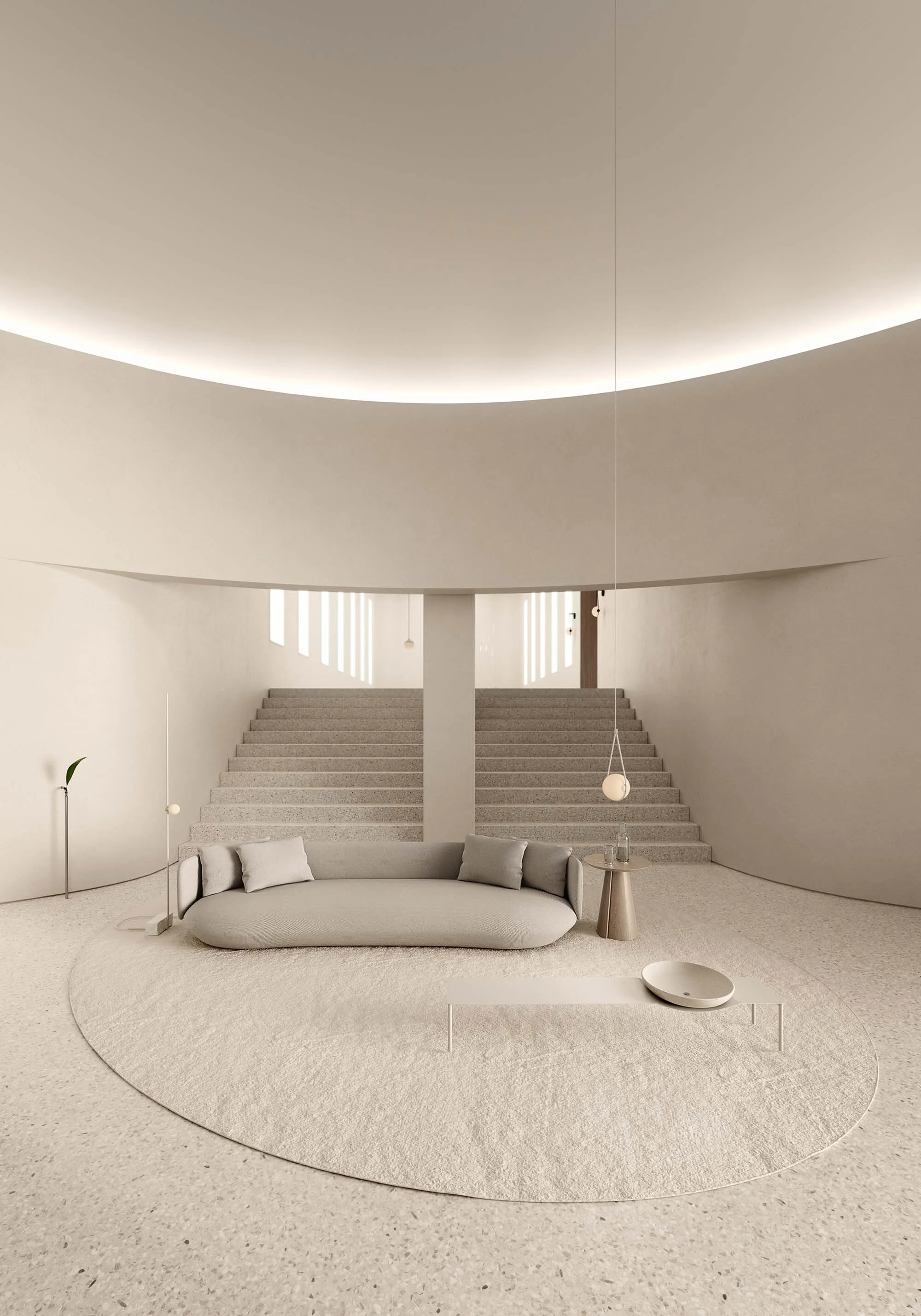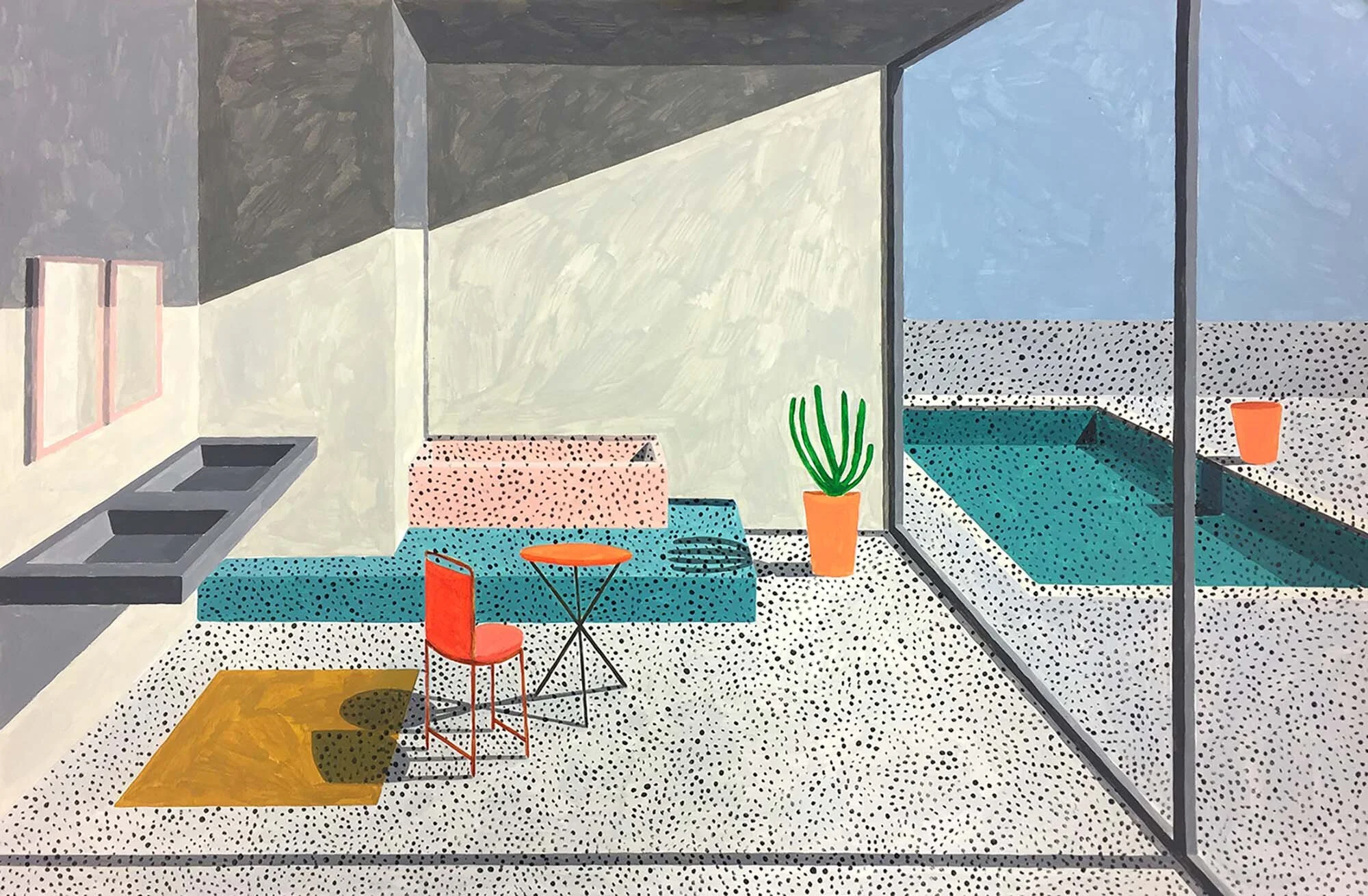Reimagining the Design of a Home with Furniture and Objects from ARGUMENT
Reimagining the Design of a Home with Furniture and Objects from ARGUMENT
Interpreting Home Design Through the Individual Lens
Project:
ARGUMENT
Photography:
Courtesy of ARGUMENT
Words:
Marissa Stempien
For some designers, their work is the foundation of their artistry, an extension of their creativity and personality, wrought through passion and expression. For others, like Robert Fehse of ARGUMENT, the design is meant to be perceived and understood by the viewer, left for interpretation as either functional piece, art form, or both. The German designer, founder, and creative director of ARGUMENT started the brand as a communicative tool, seeing artistry through furniture and everyday objects. But it’s the effect and appreciation of his design by viewers that give his work life.
Careful not to pigeonhole his work into any explicit aesthetic or style, Robert’s work is left open to interpretation, meant for every home. He sees his work creating a space for itself in the home, and whatever meaning or beauty is given to the object through the viewer is what provides each piece with life and independence. Here, he discusses how he perceives his work and the process of his designs.
VISUAL PLEASURE Magazine:
Who are the minds and creatives behind Argument? What was the catalyst that sparked the founding of the company?
Robert Fehse: I founded ARGUMENT as the sole shareholder. I was born and raised in Berlin and also studied here. Over time, I have built up a large network of collaborators in various disciplines. In the development of ARGUMENT's corporate identity, the bus.group has been centrally involved, with whom I have enjoyed a very fruitful collaboration from the very beginning until today.
The central motivation for founding ARGUMENT was not to act as an author in relation to existing brands but to be able to develop a consistent product periphery myself. Once you understand design as a communicative discipline, creative direction, i.e., giving products context, becomes an important part of the design task. That's what interested me.
How did you find your distinct look and aesthetic? Was this a journey of discovery, or were you looking to create your brand with specific designs in mind?
Aesthetic perception is up to the respective viewer. I don't want to claim any conceptual sovereignty of interpretation. I also don't design under a strict collection or even style idea but try to develop each design from its own core, which can be most easily located in the references of its product category. In the "Gestaltung" of a design, I strive above all to condense this core idea and try to be guided by it. The clearer an idea I have about this, the easier it is to make subsequent decisions.
What’s the inspiration behind these pieces? What kind of spaces do you hope to see them in?
Inspiration is a difficult process to grasp. Usually, it is a whole chain of inspiration and references from which an idea is fed. It is often difficult to understand for oneself what led to an idea. The entire input of your everyday life flows into the process, which then leads to designs. For me, the term "association" is particularly important. Linking things, bringing things together is an important characteristic of design.
I don't have a fixed idea of spaces in which ARGUMENT products would “fit,” so to speak. I hope the designs can function both as complementaries in contemporary architecture as well as accents or contrasts in historical architecture. That being said, I am primarily interested in the space that an object creates for itself, its own microarchitecture.
“Aesthetic perception is up to the respective viewer. I don’t want to claim any conceptual sovereignty of interpretation.”
“ I am primarily interested in the space that an object creates for itself, its own microarchitecture.”
Do you see these pieces more as functional parts of a home or artistic pieces? How do you hope your pieces will be viewed?
I'm rather skeptical about the blurring of the line between art and design. Despite all the overlaps, affinities, and fluid transitions in the work processes, I clearly do not see design as art. Just as clearly, however, I would like to oppose a purely functionalist view of design. It is precisely the connection between the functional character and the representational artifactually that makes design objects so special and appealing. They are objects of use; you interact physically with them.
Reading people's different perspectives on the same object as complementary impressions is interesting to me. It's always a very nice moment when someone can read and name aspects in one of my designs that were important for me to implement in the execution—a kind of “proof-of-concept.” But when someone sees something that I didn't consciously put in there, then that gives the designs even more independence. That's a quality that's also important to me.
Your pieces feel very contemporary, focused on color and form. How would you describe the aesthetic of Argument?
I wouldn’t! In this respect, openness to a definition is very important to me. Aesthetics is so strongly subjective; I am far too interested in the effect of my designs on others to want to determine it conceptually or to preempt it. I ultimately have no greater grip on the subject matter as an author than anyone else.
“It is precisely the connection between the functional character and the representational artifactuality that makes design objects so special and appealing. They are objects of use; you interact physically with them.”
What have been some of your favorite pieces to design and why?
I always wanted to design a pen. The pen itself plays such an important role in the design process, it's "the most basic tool,” so to speak, that has always appealed to me as an object. However, the circumstances and focus of each design are so different that I can't answer that clearly. I like each design for very unique reasons, and I strive to stay in the ideation and conceptualization phase until something ignites, so to speak. I feel that this is a process that goes beyond my own intentionality. This is also a kind of dialogue with the emerging object, a negotiation and mediation of so many aspects, which makes it difficult to compare projects.
When a design already creates an effect in the first 1:1 prototypes, It comes close to one's own imagination, then that is always a special satisfaction. I like the German phrase: "mir ist etwas gelungen" (something turned out well through my doing) as an expression of a certain limitation of one's own control. Design processes are very open over long stretches, and they have to be. The satisfaction of the most diverse requirements can generate interactions that strongly influence the result. Sometimes it is not so easy to remain open and to allow influences, and one's own imagination gets in the way. But when I manage to surprise myself again in the process, it makes me particularly happy.
What is something you’re currently working on or something you’re looking forward to creating? How do you feel your designs will evolve?
I would like to delve into materials and manufacturing processes with which I have not yet had so much experience. The exchange with the respective trades, the experts of the different craft disciplines, is always very important and informative for me. Porcelain, glass, the moment of alchemy of these processes is very exciting to me right now, especially because of the all-encompassing digitality of our time, which also plays a major role in my everyday work. The interweaving of digital tools and work processes with very traditional manufacturing methods and materials continues to offer exciting potential, I believe. So far, it's often been about integrating new, digital technologies into analog processes, but I also wonder how our time-honored practices could and should shape our understanding of how to work with the new tools. Especially a kind of slowness and focus that working with analog materials demands seems to me to be an important component that we should bring over into the digital world.
Personally, I would like to move out of the "usual" product categories a bit more. I would find it exciting to design a bag or a shoe: something non-stationary, something more textile that has a closer relation to the human body than to space.
“ Especially a kind of slowness and focus that working with analog materials demands seems to me to be an important component that we should bring over into the digital world.”
















